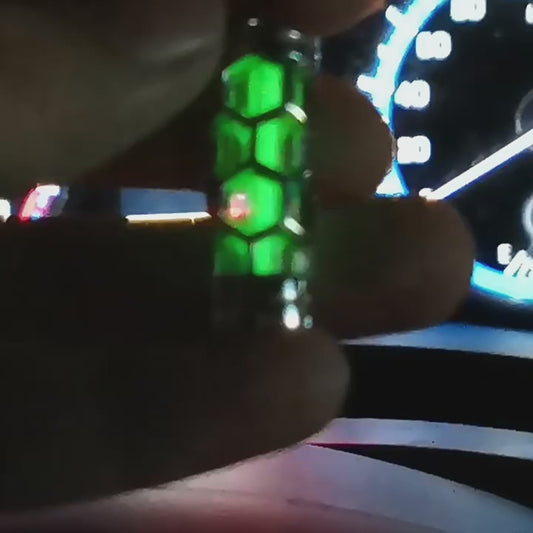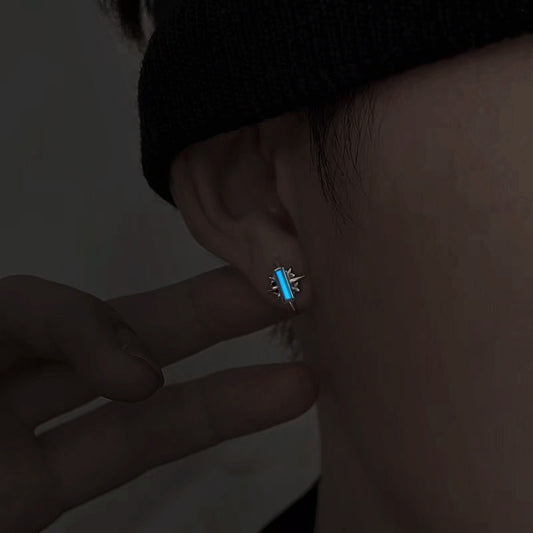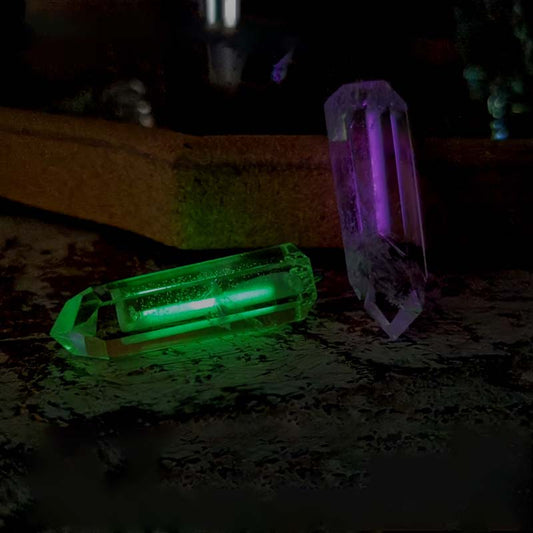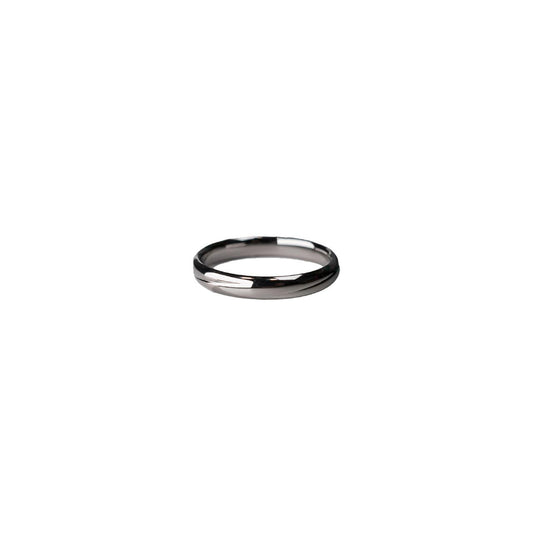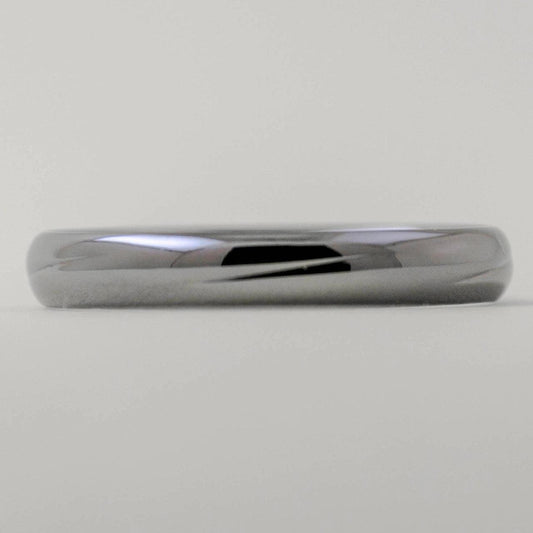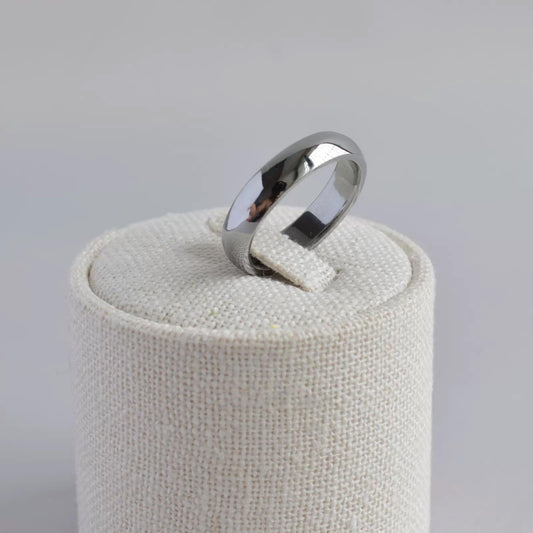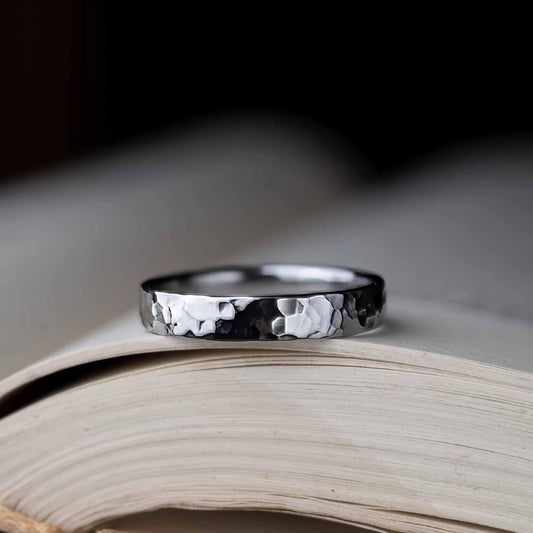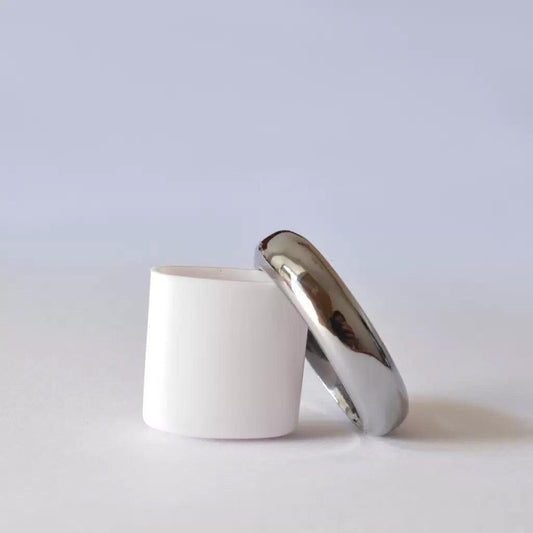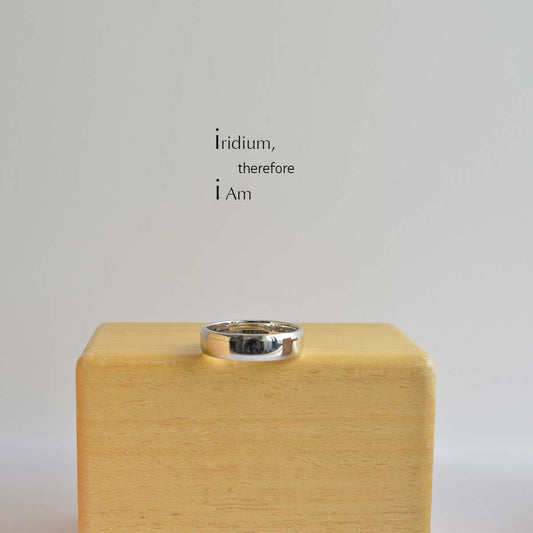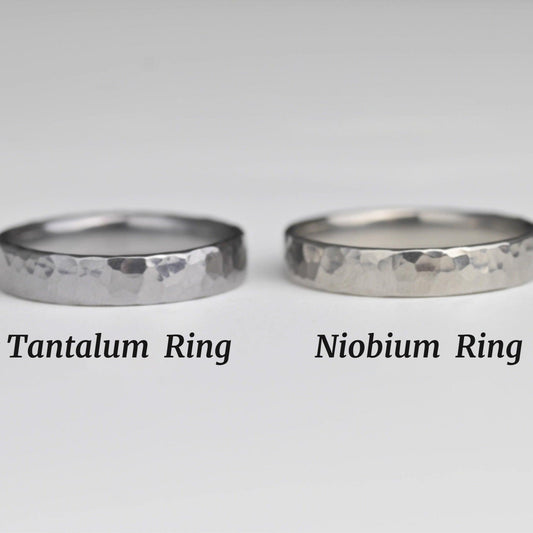What Does Carat Mean in a Diamond
What Does Carat Mean in a Diamond
"Carat" in the context of diamonds is one of those terms you come across almost immediately when venturing into the world of gemstones. You might even associate it with weight, luxury, or perhaps just some abstract unit of measure that sounds fancy. But what does it really mean when someone says a diamond is, say, 2 carats? Is bigger always better? Let’s dig into what gives carats their weight—literally and metaphorically.
A carat, first and foremost, is a unit of weight. One carat is equivalent to 200 milligrams, which is about the weight of a paperclip—an interesting contrast, considering the life impact a diamond can have. Imagine proposing with a paperclip ring; not quite the same effect, huh? But the reason carats carry so much significance is because they are a major factor in determining the diamond's value. Generally speaking, the higher the carat weight, the rarer and more expensive the diamond becomes.
It's fascinating to note that the word "carat" is derived from the carob seed. Merchants in ancient markets used carob seeds as counterweights on balance scales due to their uniform size and weight. I remember learning this tidbit in a gemology course I took out of sheer curiosity. My instructor—a weathered, passionate man who had spent decades studying stones—would hold a small jar of carob seeds while explaining. He liked to say that every time you skip your morning granola, think of how some seeds can weigh much more than gold or diamonds in history’s scale of commerce.
Despite the weighty implications of a carat, it isn’t the be-all and end-all. Two diamonds of the same carat weight can have drastically different values based on the other three Cs: cut, color, and clarity. This is where personal preferences truly come into play. For instance, a 1-carat diamond with excellent cut, color, and clarity might captivate the eye more than a poorly cut 2-carat stone.
There's a cultural angle, too. In some circles, a larger diamond is seen as a status symbol—a visible marker of success and prosperity. This reminds me of a family wedding I attended last year, where the bride proudly showcased a 3-carat diamond ring. It sparkled under the reception lights in a way that made it the focal point even amidst tables laden with lavish centerpieces. For her, the carat size was about expressing a milestone, celebrating not just love but a shared journey to affluence. The diamond’s story became as compelling as its sparkle.
However, bigger isn't always better, at least not universally. Some people prefer more understated pieces, where the diamond’s subtlety is part of its charm. A friend of mine opted for a smaller, half-carat engagement ring, exquisitely cut and set in minimalist fashion. She often tells me it’s perfect for her lifestyle—elegant but not cumbersome while sipping coffee or typing away at her laptop. To each their own, for sure.
In essence, the carat is as much a measure of weight as it is a measure of what you value. Whether you're looking for something that makes a statement or something that whispers sophistication, the carat of a diamond is but one chapter in a multifaceted story. Weight may be a key character, but it certainly doesn’t steal the entire show. And isn't that just the way with things that truly matter in life?


